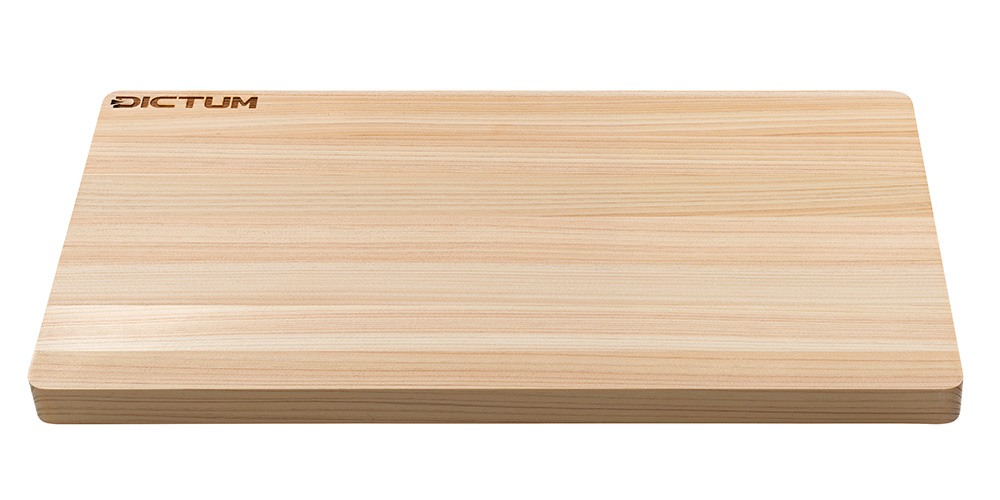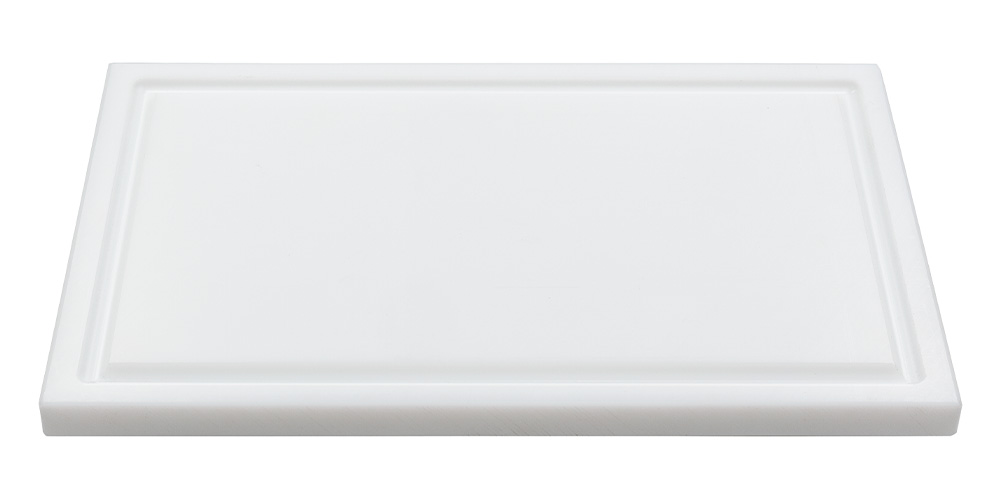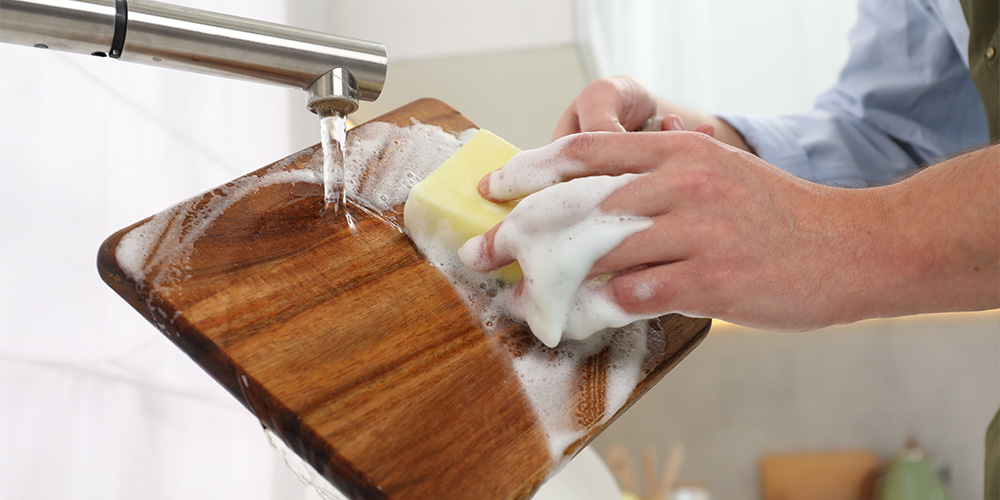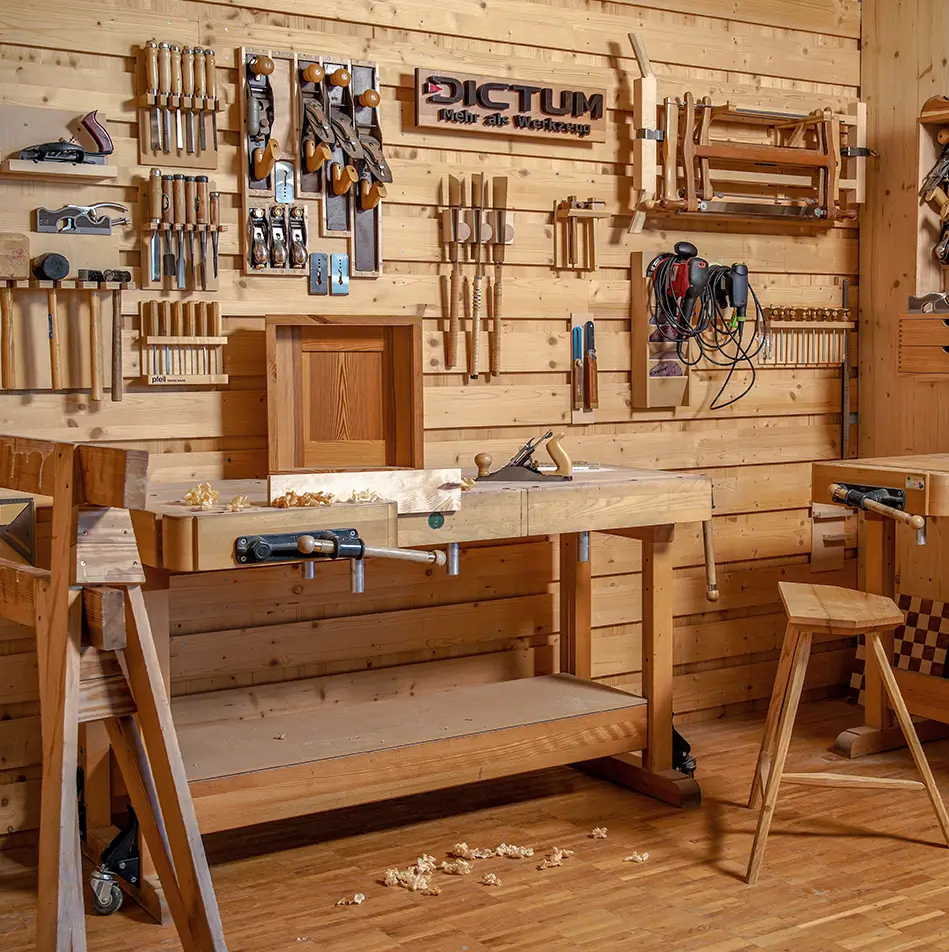Cutting boards
Cutting boards
- Chopping boards - an important kitchen tool
- Suitable materials for cutting boards
- Cutting board - Size and Shape
- Hygiene and care of chopping boards
- Tips for choosing the right cutting boards
- Conclusion
- Cutting boards made of wood: the best tips and tricks for care
- How do you prepare new chopping boards for use in the kitchen?
- How are used chopping boards refreshed?
- Is it necessary to oil cutting boards?
- Which oils are suitable for cutting boards?
EXPERT KNOWLEDGE CUTTING BOARDS
Chopping boards - an important Kitchen tools
Cutting boards are essential Kitchen tools that not only protect your work surface, but also contribute to the longevity of your knives. Choosing the right Cutting boards can significantly improve cooking efficiency and hygiene.
The perfect complement to our high-quality Hocho!
Our chopping boards are the ideal complement to our Japanese knives. They provide the perfect base to preserve the sharpness and lifespan of the precise cutting tools. Last but not least, they are also ideal as a serving board.
Suitable materials for Cutting boards

Wood
Advantages: Wooden chopping boards made from hinoki, acacia, pine, olive, oak, ash, bamboo or walnut are particularly gentle on knife blades and offer natural antibacterial properties. They are durable and are ideal for precise cutting and chopping.
Care: Regular oiling extends the service life. Wooden boards should be cleaned by hand and dried thoroughly.

Plastic
Advantages: Plastic boards made of polyethylene or polypropylene are hygienic and dishwasher-safe. They prevent the absorption of odours and bacteria, are inexpensive and easy to clean.
Care: Plastic boards are easy to clean and ideal for everyday use. They can be cleaned in the dishwasher and are resistant to moisture.
Cutting board - Size and Shape
Size: Choose a cutting board that is large enough to work comfortably, but not so large that it takes up unnecessary space.
Shape: Rectangular cutting boards are versatile and offer efficient use of space by providing plenty of cutting surface, while cutting boards with a round or organic shape are often used as serving platters. A special feature that can be found on many Cutting boards is the juice groove. This recessed groove along the edge of the board catches any liquid from meat or fruit that escapes when cutting. This keeps the work surface clean. The juice groove also prevents the liquid from running over the edge.
A special shapes of cutting boards is the breakfast board or snack board, a small, usually rectangular or oval cutting board traditionally made of wood (e.g. oak) or plastic. These cutting boards are usually handier and more compact than the chopping boards used for preparing meals in the kitchen and are often used as a base for breakfast or a snack. They are ideal for cutting and arranging bread, sausage, cheese, vegetables or other snacks. In many households and in the catering industry, breakfast boards are not only used as a cutting board, but also as a plate substitute, especially for sandwiches or small meals. The combination of functionality and rustic charm makes them a popular accessory in the kitchen and on the dining table.
Hygiene and care of chopping boards

Cutting boards made of wood should be washed with warm water and mild detergent and dried thoroughly.
Plastic Cutting boards can be cleaned in the dishwasher, which allows them to be thoroughly disinfected.
Tips for choosing the right Cutting boards
Use different Cutting boards for different food groups to avoid cross-contamination.
For example: one board for raw meat, another for onions, leeks and garlic and yet another for vegetables and fruit.
Make sure you have a non-slip base or rubber feet to prevent slipping while cutting and to ensure safety while working.
Non-slip rubber feet on the underside for a secure stand.
Conclusion
A high-quality cutting board is an indispensable tool for every kitchen. By choosing the right material and maintaining it regularly, you can not only extend the life of your knives, but also work hygienically and efficiently in your kitchen.
Choose from the wood or plastic chopping boards in our shop to find the perfect match for your cooking needs.
Cutting boards made of wood: the best tips and tricks for care
Sizeable Cutting boards made of wood are ideal as a Base when cutting, as they are gentle on the blades of Kitchen knives. Many types of wood also contain natural antibacterial substances that make them particularly useful in the kitchen.
Professional chefs like to use cutting surfaces made of plastic or wood. While plastic is ideal for those who want to put the board in the dishwasher, lovers of natural and decorative materials often prefer wood. However, traces of use will show on the wooden surface over time.
Here you can find out how to optimally care for, protect and repair your wooden chopping boards.
How do you prepare new chopping boards for use in the kitchen?
New wooden chopping boards are relatively easy to prepare for use in the kitchen. For boards that you have made yourself, it is advisable to sand the surface carefully (at least up to grain 360) or, even better, to plane it by hand. Planing creates a smooth, closed surface. You can then apply a suitable oil. See below for more information.
How are used chopping boards refreshed?
Refreshing cutting boards that have been used for a Lengthy period of time requires a little more effort. Firstly, the board should be thoroughly cleaned with hot water and, if necessary, a mild detergent. However, you should be careful: soap can affect the subsequent oil application! Then leave to dry well and allow to dry completely for a few hours.
If cooking oils and grease have worked their way into the wood over time, sanding can be tedious as the Abrasive paper sandpaper quickly becomes clogged. In such cases, stripping the surface with a well-sharpened Scraper blade is much more effective. This allows rough areas to be quickly removed and targeted. After stripping, the board is dedusted and re-oiled.
Is it necessary to oil Cutting boards?
There is no obligation to oil chopping boards. Some types of wood, such as olive or acacia wood, already have natural protection against moisture due to their high oil content. Nevertheless, all types of wood benefit in the long term from regular care and lasting protection against moisture. Oil penetrates the open wood pores and protects the board from grease and plant juices, which also reduces the adhesion of food residues and makes cleaning easier.
Contrary to popular belief, oil does not close the pores of the wood. Instead, the wood remains open-pored, which is important to prevent cracking and preserve the wood's natural hygroscopic properties. These ensure that wood can absorb and release moisture, which bacteria do not like. In addition, many types of wood contain antibacterial substances, such as the tannic acid in oak.
Which oils are suitable for Cutting boards?
Choosing the right oil for Cutting boards is often the subject of debate. Some recommend simple cooking oils such as sunflower or olive oil. However, we advise against this for two reasons:
Most cooking oils do not harden and therefore do not provide lasting protection. They remain liquid and are easily washed off during cleaning, which means that the board has to be constantly re-oiled.
Many cooking oils, especially olive oil, can become rancid, which affects the taste and odour.
All food-safe, self-hardening vegetable oils without chemical additives, such as linseed oil, are suitable for cutting boards. Linseed oil is a so-called hardening oil and therefore offers long-lasting protection, even if it takes a little longer to harden.
Suitable oils for Cutting boards
If you want to oil your chopping boards, you should observe the following instructions:
- The board should be clean and dry.
- Always apply a thin layer of oil, preferably with a cloth or sponge.
- After a maximum of 15 minutes, wipe off any excess oil residue.
- Several thin coats offer better protection than one thick coat.
- Allow the board to dry in a light place, as most oils require UV light to harden.


























